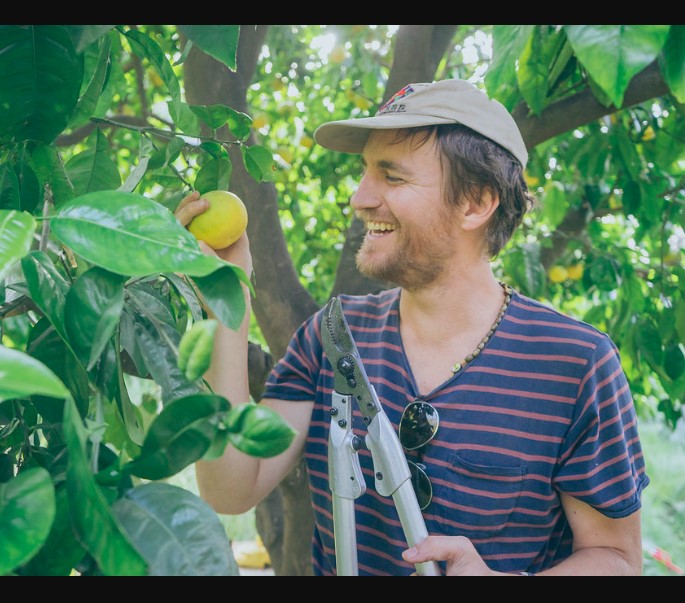In the verdant expanse of your backyard, a miniature orchard promises juicy delights and a connection to nature’s bounty. Cultivating fruit trees is not just a hobby; it’s a journey of nurturing, patience, and understanding. However, navigating the intricacies of fruit tree care demands more than just basic gardening skills. It requires a nuanced approach grounded in authentic information and a commitment to fostering healthy ecosystems. In this comprehensive guide, we delve into the art and science of backyard fruit tree care, exploring techniques, tips, and practices that will empower you to cultivate thriving orchards right in your backyard.
Choosing the Right Fruit Trees
Before embarking on your fruit tree journey, selecting the right species for your climate, soil, and space constraints is crucial. Authentic information from local agricultural extension services, nurseries, and experienced gardeners can provide invaluable insights into which fruit trees thrive in your region. Consider factors such as chill hours, pollination requirements, disease resistance, and rootstock compatibility to ensure a successful harvest year after year.
Planting and Establishing Your Orchard
The foundation of a bountiful orchard lies in proper planting and establishment techniques. Begin by selecting a suitable site with adequate sunlight, well-draining soil, and sufficient air circulation. Dig a hole twice as wide as the root ball and loosen the soil to encourage healthy root growth. Plant your fruit trees at the correct depth, and do not bury the graft union. Water thoroughly after planting and apply a layer of mulch to conserve moisture and suppress weeds. Regular irrigation promotes root development and overall tree health, especially during the establishment phase.
Nutrient Management and Soil Health
Healthy soil is the cornerstone of a thriving orchard ecosystem. Conduct a soil test to assess nutrient levels and pH, and amend as necessary to create optimal growing conditions for your fruit trees. Organic matter, such as compost and aged manure, can improve soil structure and fertility, while cover crops help suppress weeds and fix nitrogen. Implement a balanced fertilization program based on the nutritional needs of your fruit trees, taking care not to overapply synthetic chemicals that can harm beneficial soil organisms and disrupt ecological balance.
Pruning and Training for Productivity
Pruning is both an art and a science that plays a crucial role in shaping the growth habits of fruit trees and maximizing fruit production. Authentic information on pruning techniques tailored to specific species and growth habits is essential for achieving desirable outcomes. Learn to identify and remove diseased, damaged, or crossing branches to improve airflow and reduce the risk of pest and disease infestations. Employ training systems such as espalier, central leader, or open vase to manage tree size, promote fruiting wood, and facilitate harvesting and maintenance tasks.
Pest and Disease Management
Maintaining a healthy orchard requires vigilance against common pests and diseases that can threaten fruit tree health and productivity. Integrated pest management (IPM) strategies combine cultural, mechanical, biological, and chemical control methods to minimize reliance on synthetic pesticides. Monitor your orchard regularly for signs of pest infestations and disease outbreaks, and take proactive measures to mitigate potential damage. Encourage natural predators, such as ladybugs and lacewings, to keep pest populations in check and practice good sanitation to prevent the spread of pathogens.
Harvesting and Enjoying the Fruits of Your Labor
As the seasons change and your fruit trees mature, the time will come to reap the rewards of your labor. Harvesting ripe fruit at the peak of flavor and quality is a gratifying experience celebrating the growth and abundance cycle. Use authentic information on harvesting techniques and maturity indicators to determine the optimal time for picking each fruit variety. Handle harvested fruit carefully to avoid bruising and spoilage, and store them appropriately to prolong freshness and flavor. Share the bounty with friends, family, and neighbors, and savor the sweet taste of success.
Conclusion:
Caring for fruit trees in your backyard is a rewarding endeavor that offers a myriad of benefits for both the environment and your well-being. By embracing authentic information and adopting sustainable practices, you can create a thriving orchard ecosystem that nourishes the soul and body. Whether you’re a novice gardener or a seasoned arborist, the journey of fruit tree care is a continual learning experience filled with wonder, discovery, and delicious delights. So roll up your sleeves, dig in the dirt, and let the magic of nature unfold in your backyard orchard

